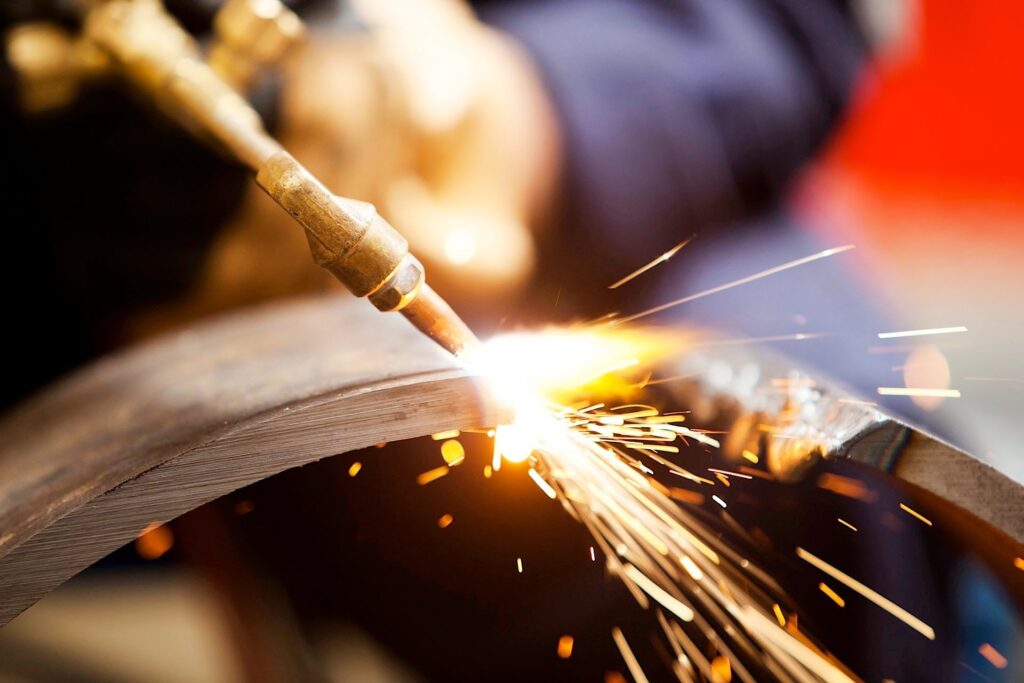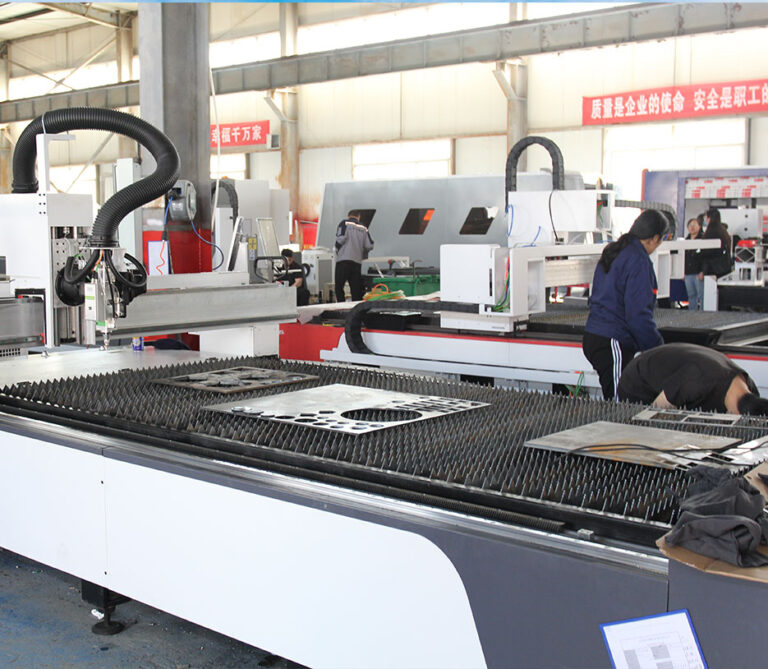
handheld laser welding machine Operation skills
1. Correctly select welding parameters
The welding quality of a handheld laser welding machine largely depends on the accuracy of parameter settings. The key parameters include laser power, welding speed, focal position, and shielding gas flow rate.
Laser power: Choose the appropriate power based on the thickness and type of material. Excessive power can cause material overheating, while insufficient power may result in weak welding.
Welding speed: The welding speed should be matched with the laser power. If the speed is too fast, it may cause incomplete welding or uneven welds, while if the speed is too slow, it may cause material deformation.
Focus position: Ensure that the laser’s focus is correctly aligned with the welding area to achieve optimal energy concentration.
Protective gas: Nitrogen and argon are usually used as protective gases to prevent oxidation in the welding area. The gas flow rate should be moderate, as too high or too low can affect the welding quality.
2. Design and control of welding path
In the operation of handheld laser welding machines, designing a reasonable welding path can ensure the continuity and aesthetics of the weld seam.
Path planning: For complex welding workpieces, planning the welding path in advance can avoid repeated welding or missing welding points.
Stable operation: During operation, the stability of the handheld welding gun should be maintained to avoid uneven welding or deviation of the weld due to hand shaking.
3. Daily maintenance and upkeep of equipment
In order to ensure the long-term stable operation of the handheld laser welding machine, operators should regularly maintain and upkeep the equipment.
Optical lens cleaning: Regularly clean optical lenses to prevent dust or stains from affecting the laser transmission effect.
Cooling system inspection: Regularly inspect the cooling system to ensure that the equipment does not overheat after prolonged operation, thereby affecting welding quality.
Cable and connector inspection: Regularly check the wear of cables and connectors to ensure the stability of power and signal transmission.



